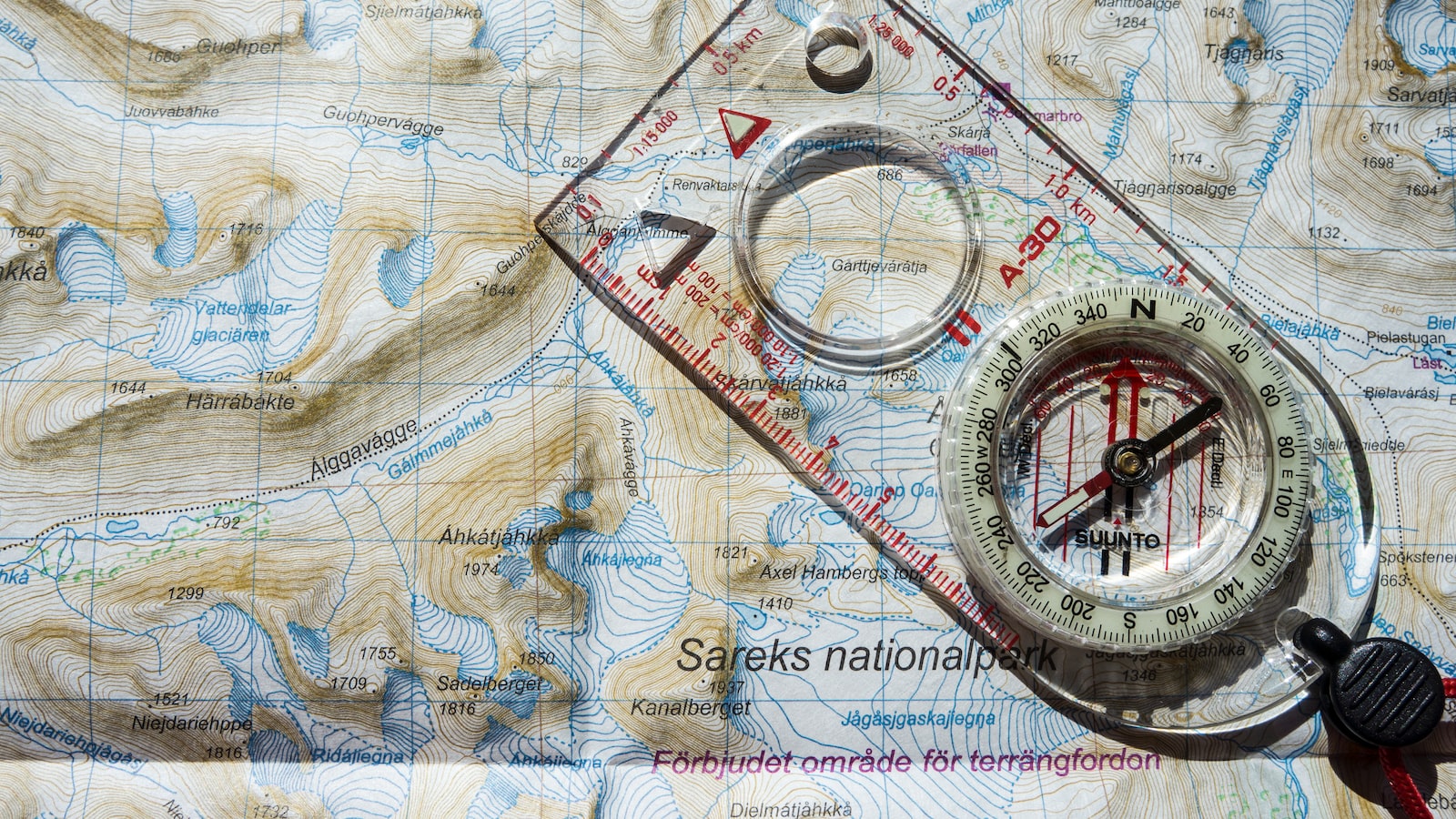Picture your brain as a sprawling city, with every thought, idea, and memory forming its intricate layout—roads, highways, intersections, roundabouts, and dead-ends. In this city, a mind map is your ultimate GPS, connecting the dots, paving new pathways, and guiding you efficiently to your cognitive destinations. Nonetheless, can such a map rewire our cerebral city, enhancing our learning capabilities? Prepare yourself to embark on a fascinating exploration into the realm of mind maps and their potential to revolutionize our learning paradigm. With each turn, you will discover how this simple yet powerful tool transforms our way of absorbing, analysing, and retaining knowledge. From the classrooms to corporate boardrooms, the power of mind maps now permeates every corner of our learning landscape. Buckle up and brace yourself for a journey into the mind’s hidden pathways as we unmask the potential of mind maps in learning! When it comes to learning, the human mind craves visualization. Through the use of Mind Maps, we can transform abstract information into vibrant, visual and memorable learning materials. Imagine trading in your traditional linear notes for flowing diagrams that foster connections between related concepts. With a splash of colours, symbols and images, these maps stimulate your cognitive abilities, thus aiding in enhanced learning.
Embreacing a learner-centric approach rather than traditional methods, Mind Maps allow for a personalized learning experience. Each student can curate their Mind Map according to their understanding, highlighting what they deem important. In doing so, students take ownership of what they learn and how they learn it. This in turn, nurtures retention and recall, fostering mastery in the subject at hand.
- Integration: Mind Maps can be used to integrate a variety of learning materials. Notes from textbooks, lectures, presentations, and discussions can all be incorporated into one comprehensive Mind Map.
- Clear Comprehension: The visual nature of Mind Maps encourages clear comprehension. Each Mind Map acts like a blueprint for the brain, making complex subjects and large amounts of information easily digestible.
- Effective Recall: Mind Maps mirror the way our brains naturally associate one piece of information with another, thereby assisting in superior information recall. Think of it like painting with thoughts, where each colour and brushstroke helps to recall a certain memory or idea.
It’s about time we grease the wheels of our learning methods and leverage Mind Maps’ power for efficient education that leaves a lasting imprint. By doing so, we’re not just improving education; we’re unleashing the potential of every individual learner. In closing, it’s safe to say that mind maps are not just visual tools; they are more like a bridge between ordinary cognition and extraordinary learning comprehension. They do not merely hold the potential to enhance the learning process – they grip the threads of creativity, organization, engagement and understanding, weaving them into a fabric of efficient education and knowledge retention. They empower an individual to become an architect of their learning journey, painting the borders of information with vibrant colors of comprehension. Mind maps, in their humble serenity, breathe life into static words and help the intellect to dance in the rhythm of concepts and ideas. To put it simply, they’re a professor, a painter, a writer, and a conductor all rolled into one teaching method. Thus, let’s appreciate mind maps for their multifaceted capability, as they continue to chart the labyrinth of learning, compelling us to delve deeper into the realms of knowledge. The realm, where every neuron becomes a root, every idea becomes a branch, and every learner becomes a tree of wisdom.






